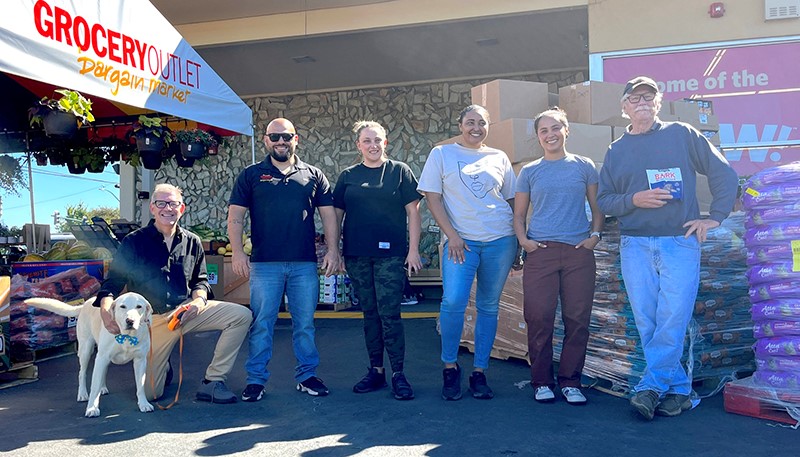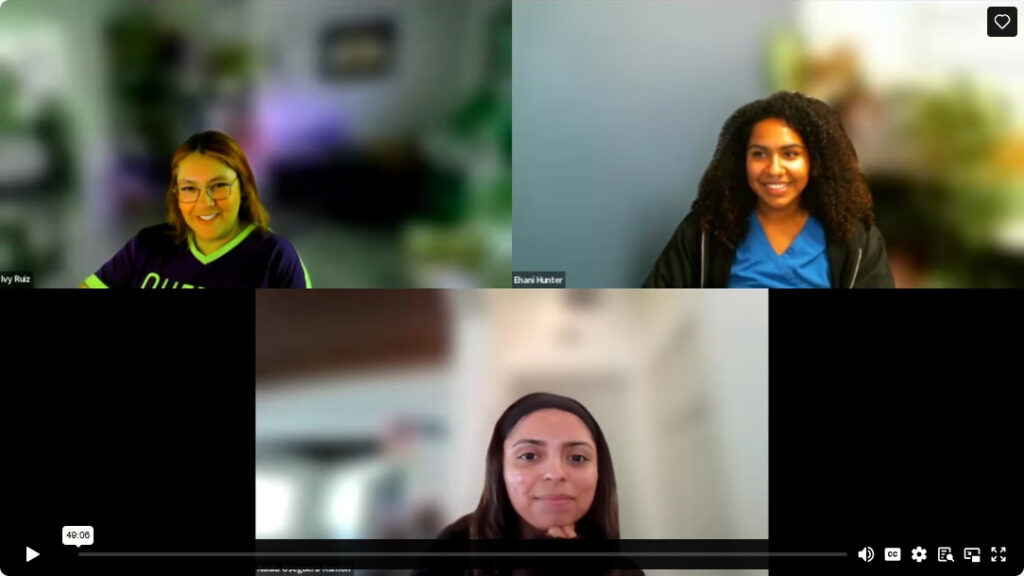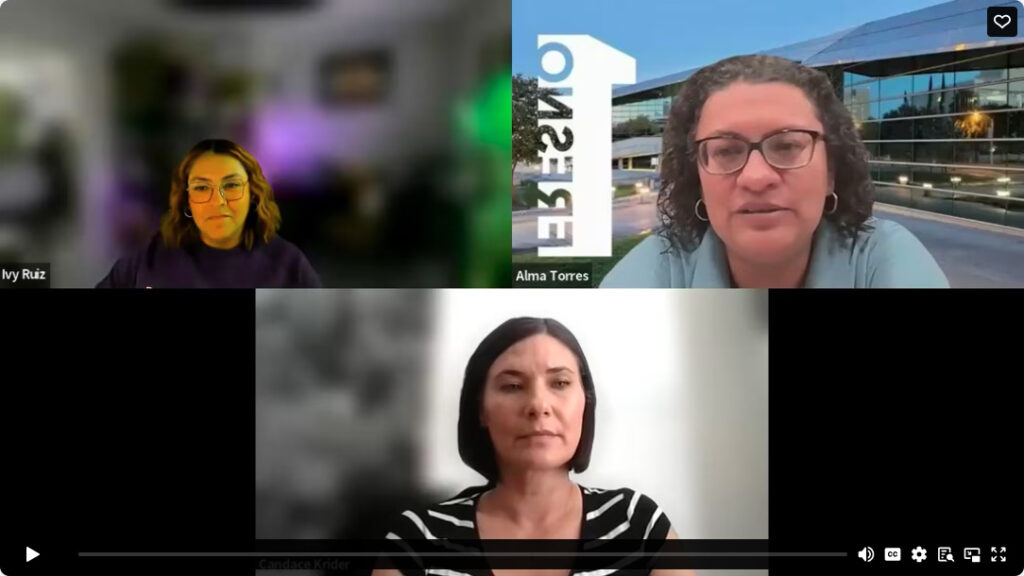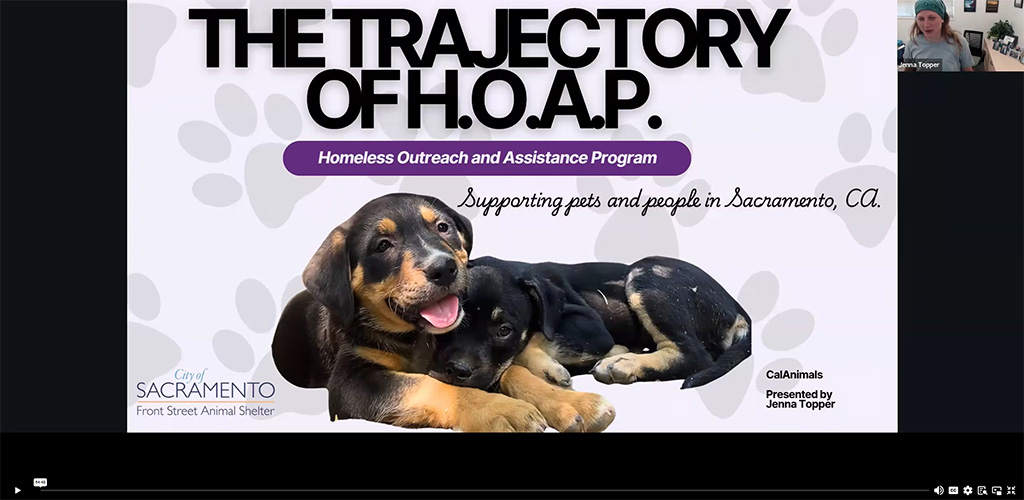We know what scarcity feels like, because every day we try to figure out how we can do more for animals and the people who love them, and often it feels like what we can do isn’t enough. We know what scarcity feels like, because we live in a culture that constantly tells us there are not enough resources for us all, while income inequality grows. We know because we live in a culture where the blame for that inequality is shifted to Black, Indigenous, and people of color, to immigrants, and to anyone who is struggling to get by.
Sometimes we blame pet guardians, and sometimes we blame shelters. We blame each other. We know what it feels like, because we are told a zero-sum story that says if some of us succeed, others have to fail; if some of us have enough to care for ourselves and our pets, others have to suffer. This story costs everyone.
This story also reinforces the charity model that has shaped mainstream animal welfare and philanthropy from the beginning, but we aren’t stuck with it. In this recording, Friends of the Alameda Animal Shelter (FAAS) Community Services Manager Raquel Bernaldo and Community Services Lead Deja Johnson showed us how FAAS is shifting to a different model, one that more accurately reflects the relationships they want to cultivate with animals and people in their community and with one another.
What are drawbacks to an approach that centers charity?
“Charity models can really sort of reinforce a sense of scarcity by adding requirements like income verification, residency checks, or eligibility screening, and in a charity model these requirements are often used to determine who ‘deserves’ assistance based on a set criteria,” Raquel explained. “This approach can really direct resources to specific groups, but it can also create barriers, especially for people with complicated situations or urgent situations, or who might not have access to required paperwork.
“Although charity can really be helpful for immediate relief, it often positions one group as the giver and the other as the receiver, and then sets up…power dynamics that can feel exclusive and really don’t align with with the set of values that we’re really trying to hold center as we work with people in our community and build community.”
What is a mutual aid model, and how is it different?
Mutual aid moves beyond charity’s limitations by eliminating these requirements and conditions and instead focusing on building connection, trust, and safety. Raquel and Deja don’t wait for people to come to them. When they’re getting to know people in the community, including unhoused folks, they are up front about what resources FAAS has to share via their Healthy Pets Healthy People programs, from pet food and emergency vet care assistance to vaccines and spay/neuter vouchers, without assuming what community members need—and they bring the good dog treats!
Deja emphasized the importance of genuine care, consistency, and showing up without expectations or judgments. “I want [people] to feel that they’re not an afterthought. And I think that’s something within a traditional charity model versus mutual aid approach. You know, they’re not an afterthought. This is their right, and they have a voice, too.” It’s an approach that recognizes pet owners are the experts of their own lives and of their pets, because they know them best, Deja said.

Scarcity tells one story; data might tell another. Raquel and Deja acknowledged feelings of scarcity swooped in whenever the pet food pantry, a program entirely funded by donations, wasn’t fully stocked. The Alameda community is close-knit, and Deja knew they could come together to make sure no pet goes hungry. She focused on making asks through social posts and outreach to Alameda businesses and community organizations, and once more people knew about the program, food flooded in.
Deja began closely tracking pet pantry inventory and use and discovered two surprises:
- FAAS had enough food to meet the need and could actually give out more food.
- Though the scarcity mindset could make it seem like pet guardians from other communities were overrepresented, that actually wasn’t true.
We know what scarcity feels like: stress, grief, empathy fatigue, blame, burnout. Mutual aid offers us a way to tap into our collective strength to support each other when we need community most.
This shift won’t happen overnight, Raquel said, but we can start by asking, “If you need something, how can I support you in it? We we can build that trust and mutual respect with one another. Then we’re going to build that trust and mutual respect with the community. We, at the end of the day, can’t do this work alone.”
We will show up for each other and for the animals and people in our communities now and over the next four years. Let’s build our mutual aid muscles together: Start by watching our conversation with Raquel and Deja. If you want a deeper dive, California Program Manager Nadia Oseguera-Ramón recommends checking out Mutual Aid: Building Solidarity During This Crisis (And the Next) by Dean Spade.
More Cal4All Call Recordings




